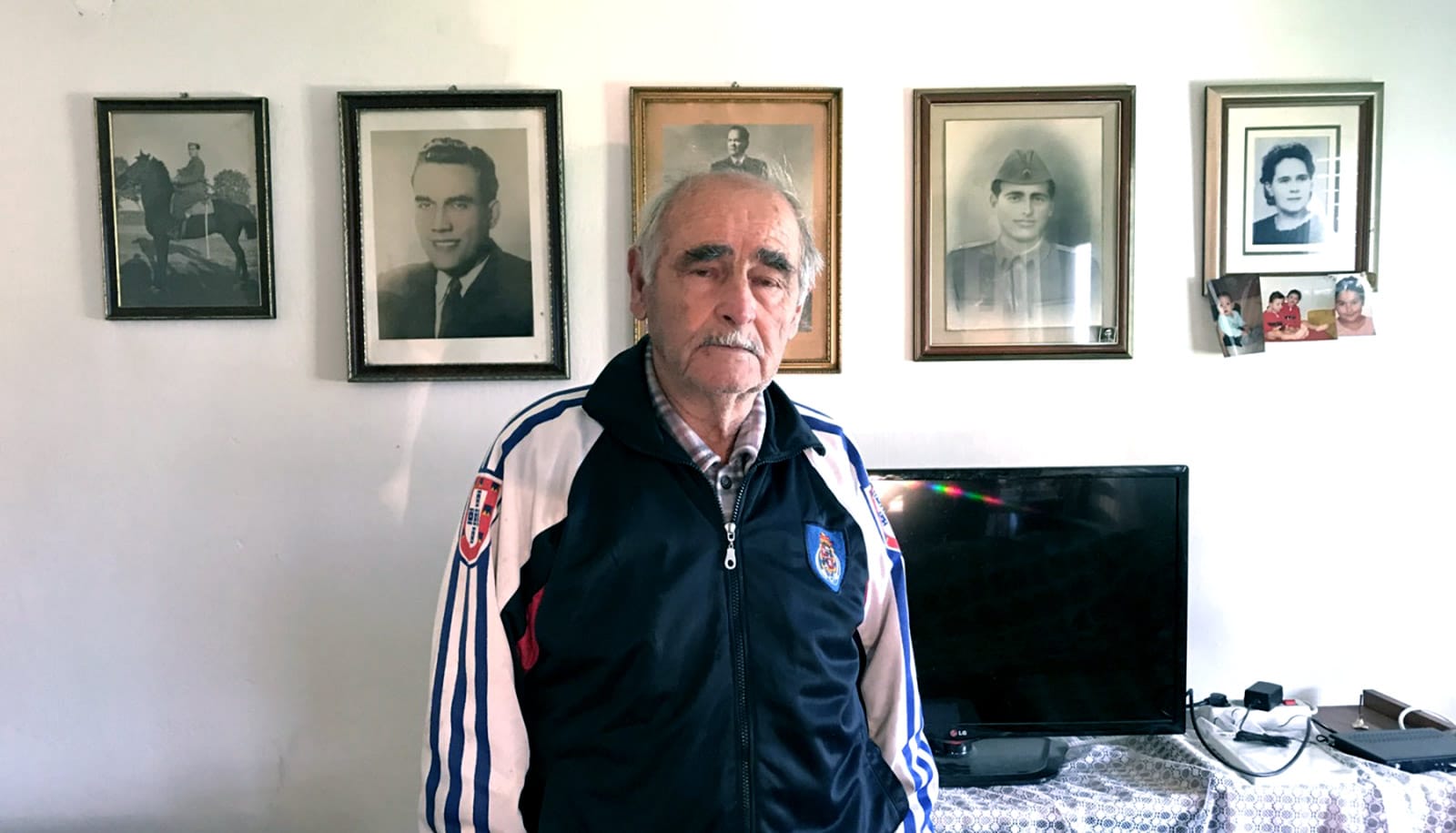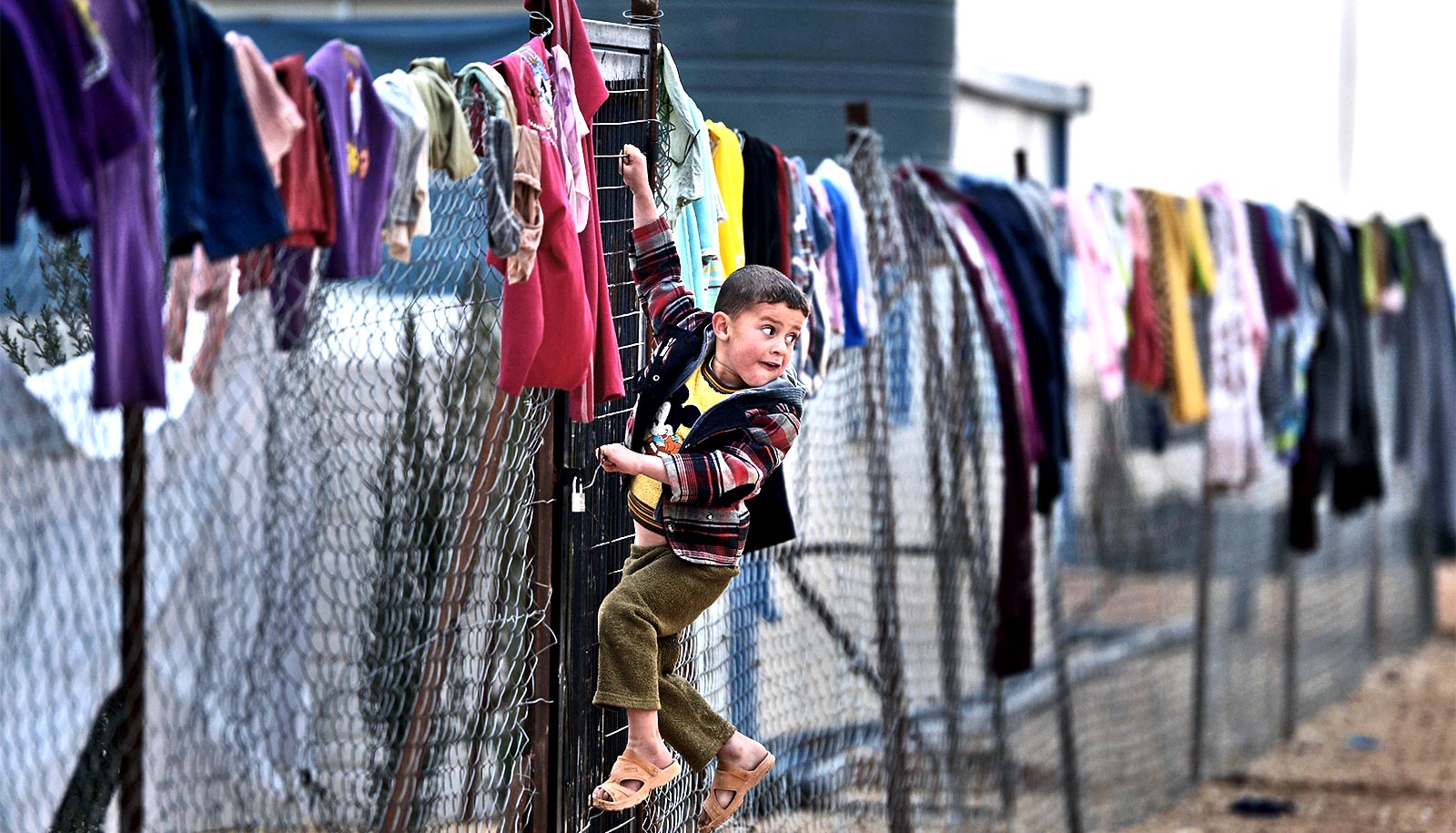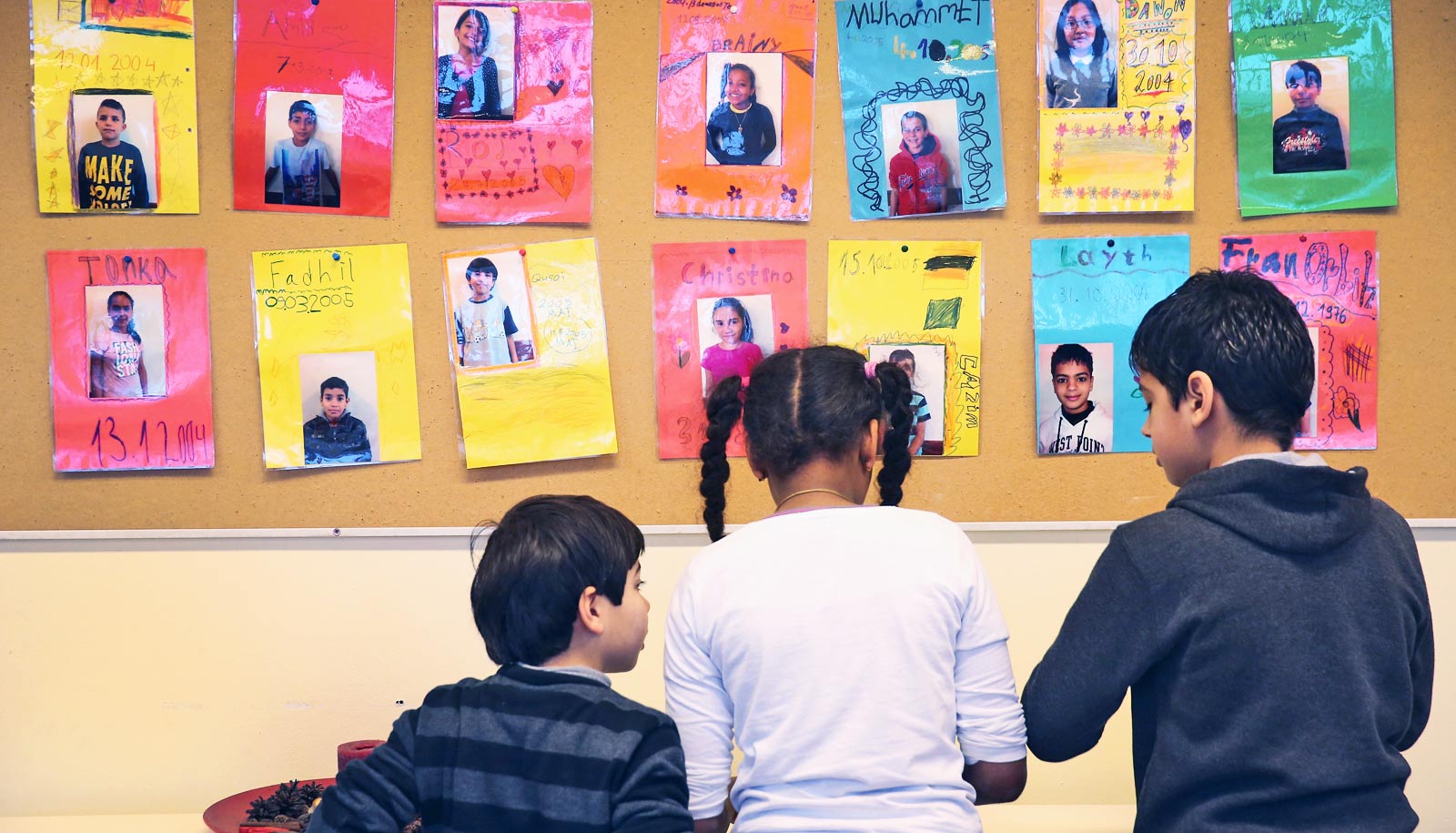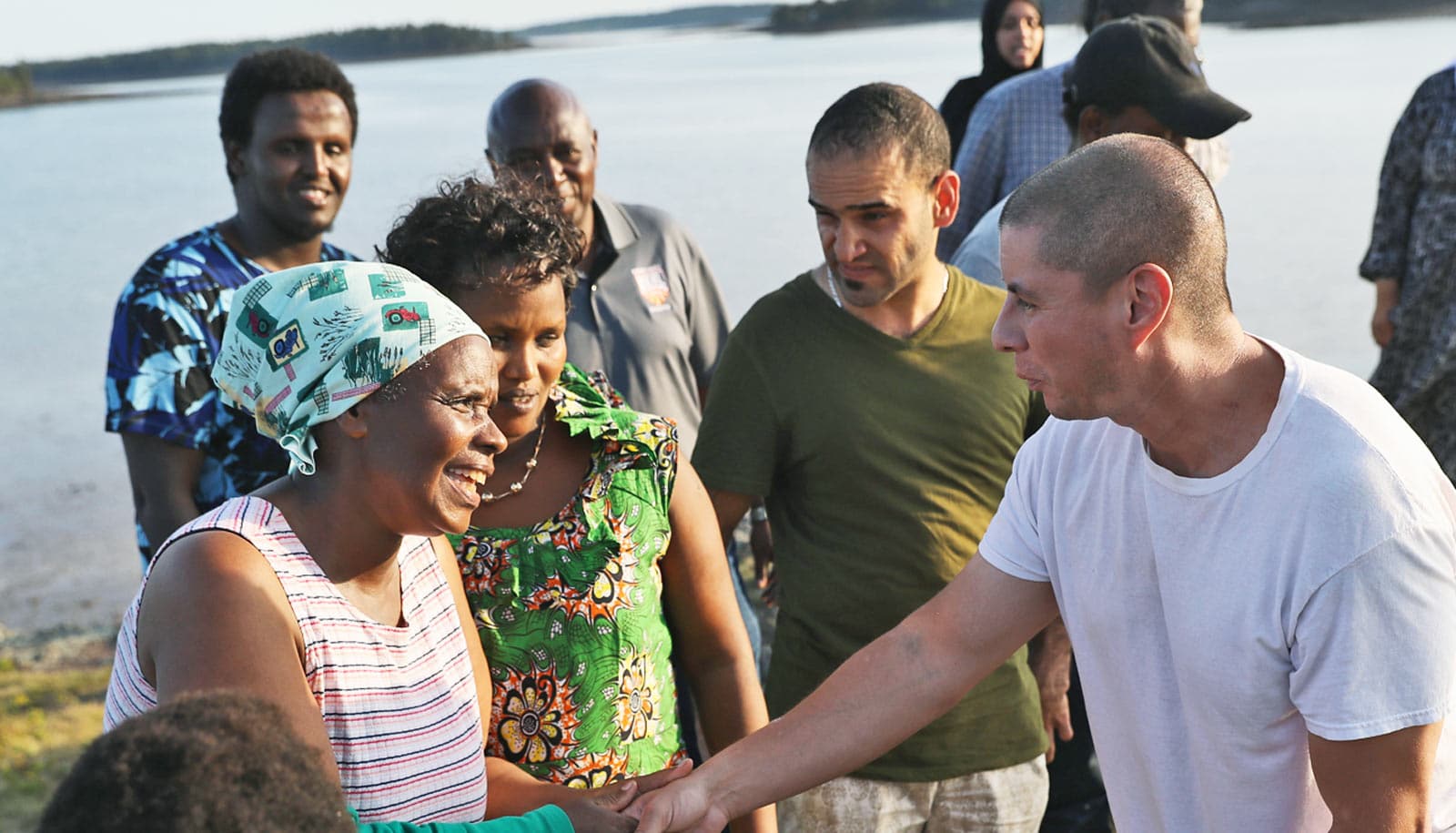Researchers plan to excavate a trail that World War II refugees once trod. Thousands of people fleeing war and poverty in the Middle East, Central Asia, and Africa now use the trail.
In the foothills of Croatia’s Dinaric Alps, only a dozen miles inland from the tourist-trafficked Adriatic coast, evidence of the destruction wrought by World War II still remains.
Vines grow over the foundations of a stone church, long ago blown to pieces. Parts from an American plane linger on the ground at the site of a crash. In the place where an entire small town was leveled by bombs, one explosive device sits undetonated.
On a recent trip to the country’s Drežnica region, archaeologist Rui Gomes Coelho was unsurprised to come across these artifacts, given that Croatia—formerly part of Yugoslavia—was a center of bitter division and ruthless ethnic cleansing in the 1940s.
More surprising, he says, were the material remnants of unity, trust, and support between the residents of Drežnica and the refugees who passed through the region to escape bombs and persecution: a wooden crate from the American Red Cross, once full of relief supplies; flasks still containing medication; fire pits in caves where some took shelter and accepted supplies from townspeople.
“When we think of the second world war, we have this image of major combat, of generals fighting on the battlefields,” Coelho says. “But while the battles were going on, refugees were hiding in the mountains, and local women and men were risking their lives to provide medical care for them and carrying vegetables up to their camps.”
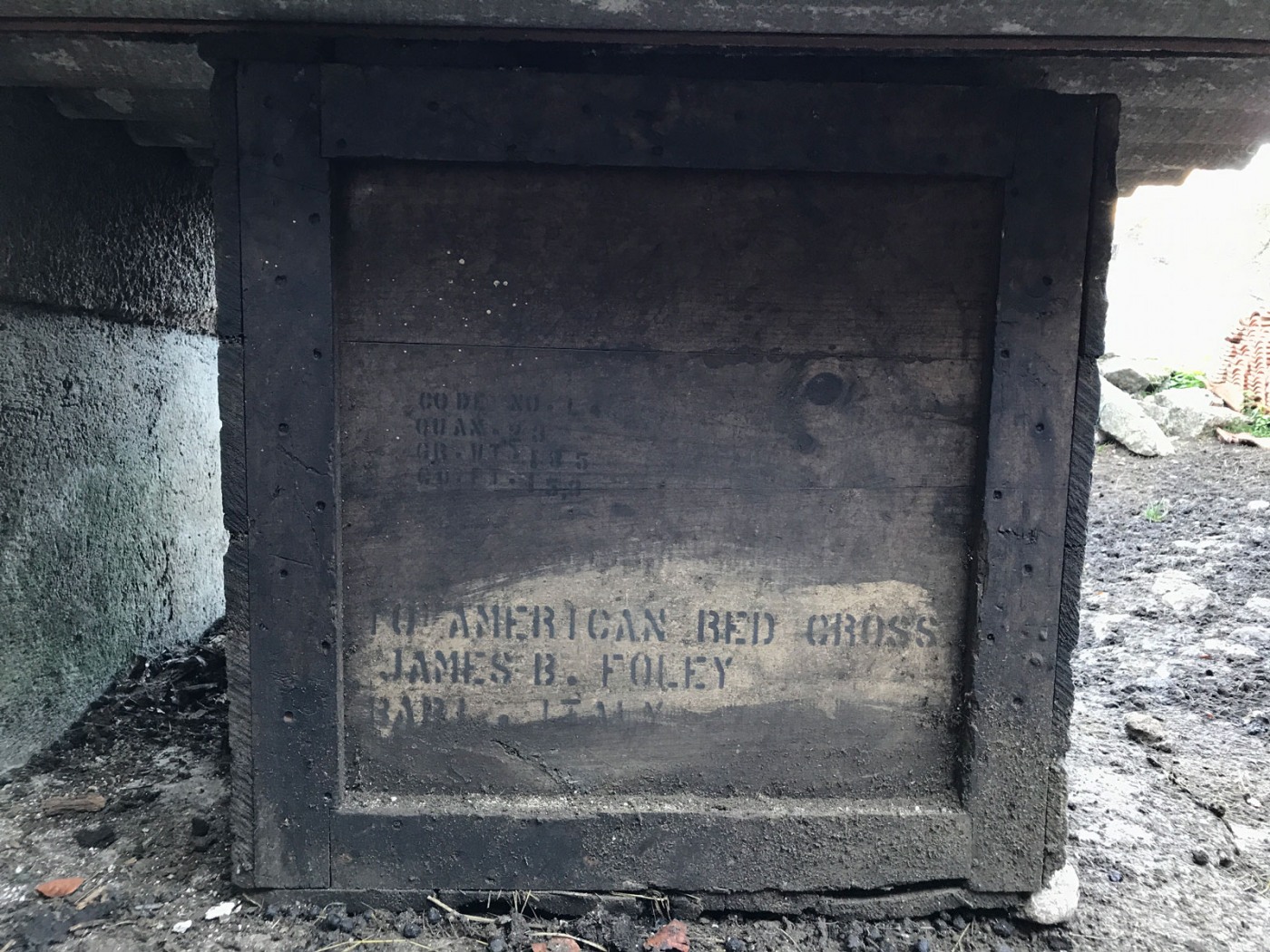
Camps and hospitals
Here in the center of the Balkans, Coelho, a postdoctoral researcher at Brown University’s Joukowsky Institute for Archaeology and the Ancient World, is part of an international team that is tracing the little-known route that tens of thousands of Balkan refugees trod during WWII.
Many of these refugees traveled to escape death, internment, and oppression at the hands of the Axis powers and other fascist groups who controlled much of the Balkans. Some were bound for nearby regions that had been liberated by the Yugoslav resistance movement; others headed toward Allied refugee camps in Italy, Syria, and Egypt.
“During World War II, people from different ethnic and religious groups came together in the resistance movement to build a network of camps and hospitals,” Coelho says. “They weren’t thinking purely about that current moment of warfare. They were also thinking about how to protect people who had no homes and no food and no care. They were thinking about how to build a common society for the future.”
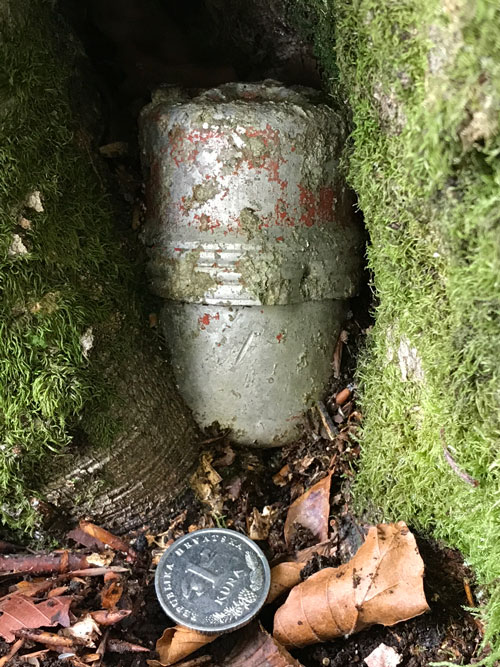
Critical archaeology
Coelho isn’t just tracing the refugee route for history’s sake, he says. He’s engaging in what many in his field call critical archaeology: “this idea of studying the past in order to answer questions we ask today, to apply past lessons to issues that matter today.”
“The past shows that we don’t have to mistrust people in need—we trusted them 80 years ago.”
There has never been a better time to study the historical refugee route, he says. After decades of quiet on the trail, foot traffic is picking up again. This time, refugees are traveling in the opposite direction, fleeing war-torn or poverty-stricken countries in the Middle East, Central Asia, and Africa. Many plan to settle in European countries such as Germany and Austria. The refugees’ presence in the Balkans has raised new questions about Europe’s role in providing aid and asylum to those who face conflicts in their home countries.
“We don’t want to map this route and put these refugees in danger,” Coelho says. “But we want to give visibility to its existence, and we want to compare the past and present. We are facing growing divisions in Europe, and there is again a threat of xenophobia; we believe that the resistance struggle during WWII is a great example of how people can reach across ethnic and religious lines to fight together against injustice in times of crisis.”
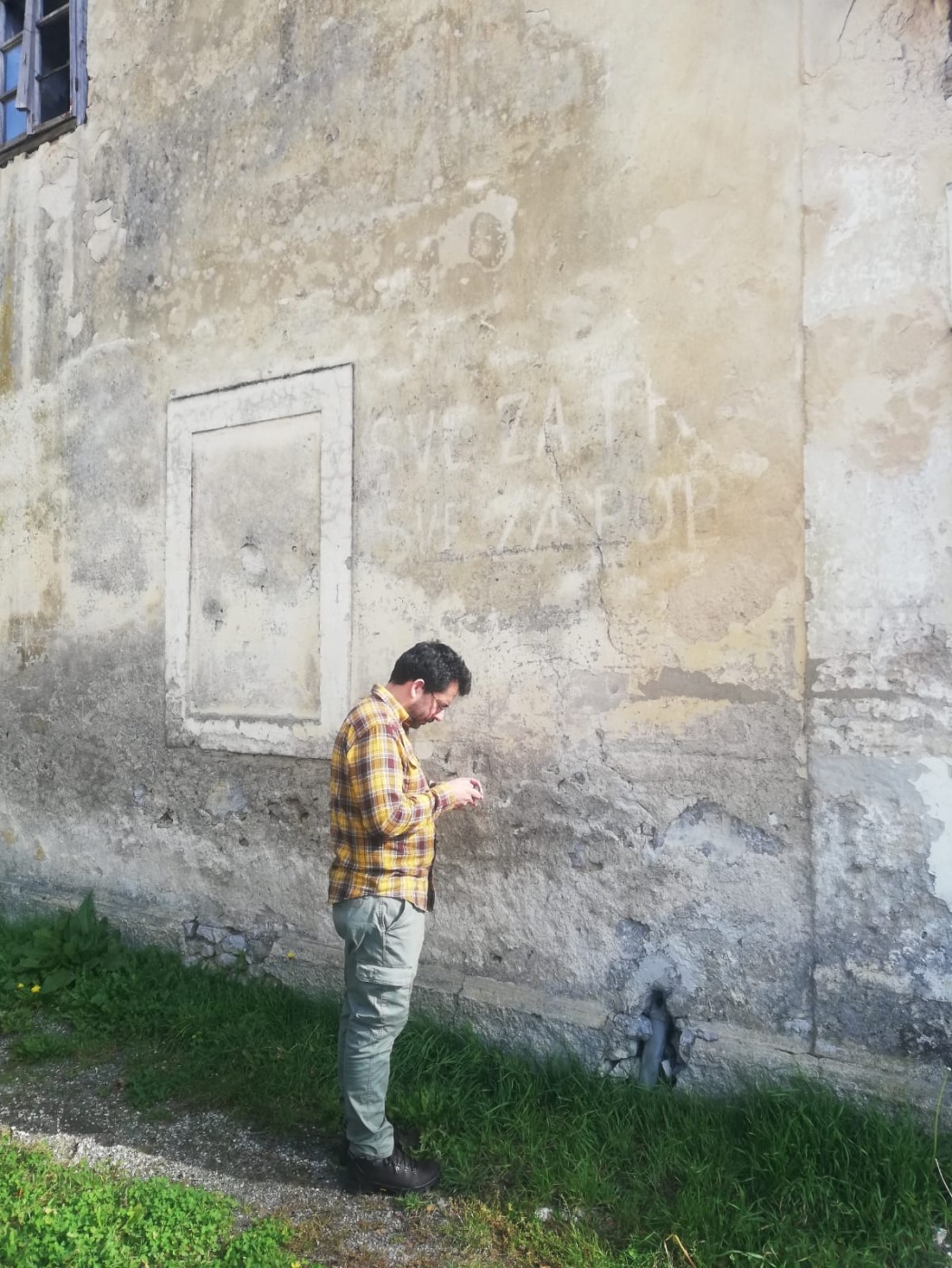
History in ‘real objects’
Following a season of surveying in Croatia this year, Coelho and colleagues from around the world plan to return to the country in 2020 for to excavate sites and engage with local community members. Sanja Horvatinčić, an art historian at the Institute of Art History in the Croatian capital of Zagreb, is overseeing the project.
“…real objects bring the history to life in ways that stories cannot.”
Coelho and colleagues plan to revisit a cave-hospital, where they found the flasks of medicine, and another nearby cave where travelers once found shelter and built fires to unearth more material evidence of the refugee trail. And without giving away specific locations, they plan to illustrate parallels between the 1940s and today by finding and documenting objects left behind by modern-day refugees. This year, for example, while surveying near the caves, Coelho came across a migrant’s forgotten jacket hood.
The research team is also focused on collecting stories from nearby residents who remember the WWII refugees. Coelho has already spoken with villagers who recall working with the resistance movement to provide shelter for anyone on the refugee trail, regardless of their ethnicity or religion. He says some local women remembered bringing refugees food from their gardens and acting as as nurses for those who needed medical attention.
“These stories show what the war was really like for most people—for women and civilians who weren’t on the front lines,” Coelho says. “And real objects bring the history to life in ways that stories cannot. It’s one thing to hear about someone who was shot; it’s another to see the actual ammunition that was used.”
Honoring the resistance
In addition to publishing their findings, Coelho and his fellow researchers will work with the local communities to restore an important monument to a WWII hospital and to develop an exhibition on the archaeology of the area. They expect to receive support from the Croatian Ministry of Culture.
“After the second world war, the government and the local communities were really committed to building monuments to honor the resistance,” he says. “Now, some of these monuments are decaying. They are very much a part of the identity of these local people, so we want to make sure they’re taken care of.”
Coehlo wants the research to not only help Europeans understand the full extent of their own history but also to help inform their decisions about the future.
“The past shows that we don’t have to mistrust people in need—we trusted them 80 years ago,” Coelho says. “We want to use the history of this continent to show that Europe is not just a fortress. It has a history of sheltering and care.”
Source: Brown University
